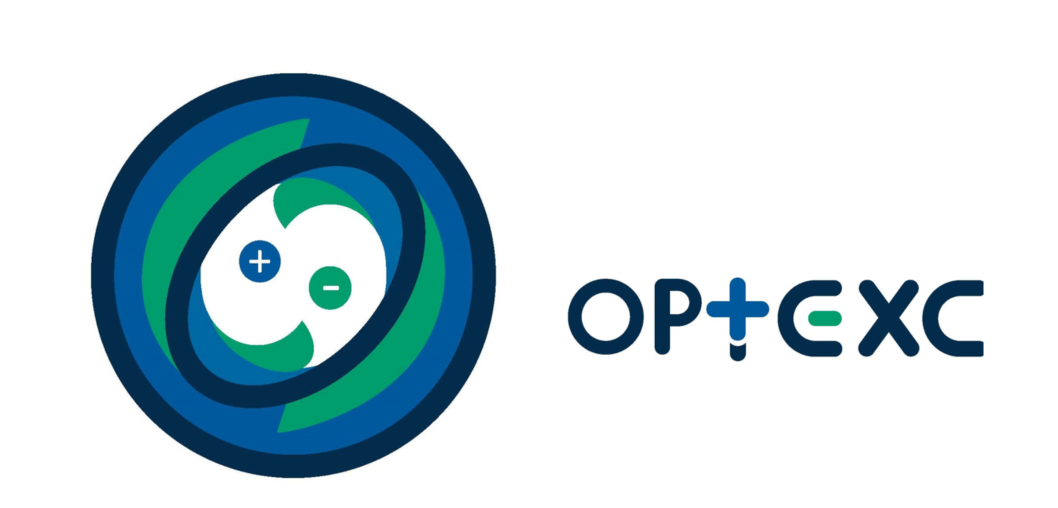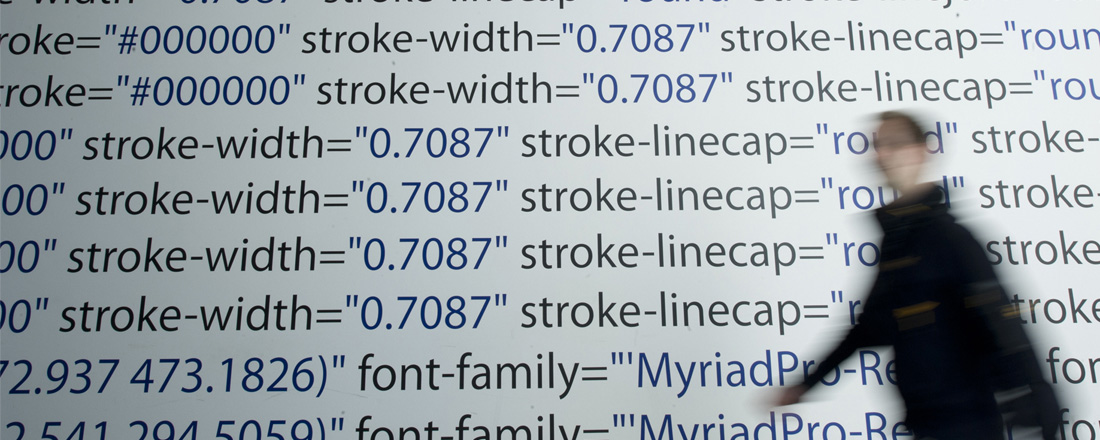The Project Areas
Controlling the microstructure or conformation of the semiconductors
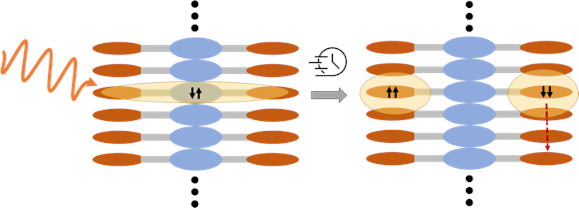
1 Controlling decoherence in the singlet fission process.
We aim at controlling decoherence in the singlet fission process through molecular design and the influence of external control over the evolving film morphology. In contrast to the commonly used crystalline materials, we use an “amorphous” intramolecular triplet host. In these compounds, the dephasing can be controlled by manipulating the local energy landscape molecular reorganisation in the excited state.
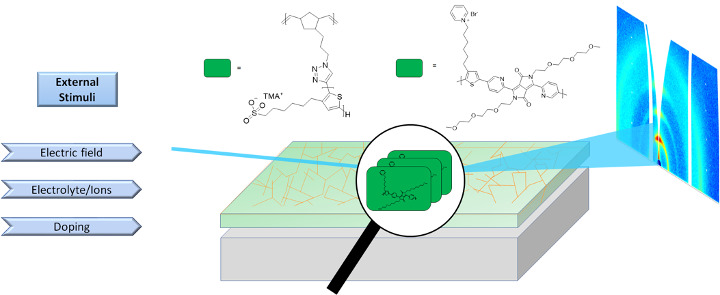
2 Exciton delocalization and dissociation in non-entangled conjugated bottlebrushes and polyelectrolytes.
We investigate exciton delocalization and dissociation in non-entangled conjugated bottlebrushes and polyelectrolytes. Novel non-entangled conjugated bottlebrush copolymers and mixed ion-electron conductors will be synthesized and the influence of external stimuli such as electric field, electrolyte medium and doping on structural features, exciton delocalization as well as transport will be studied using NEXAFS spectroscopy, in situ GIWAXS and optical spectroscopy.
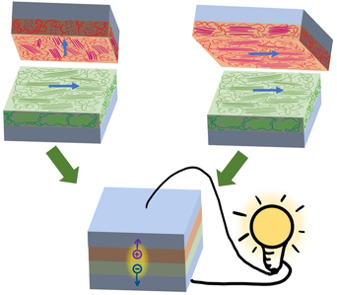
3 Control exciton delocalization by shear-induced alignment.
We will control exciton delocalization by shear-induced alignment. In a bilayer heterojunction device, we control the relative orientation of the donor and acceptor molecules. Promoting chain alignment is expected to enhance exciton delocalisation. We study how interfacial chain alignment impacts solar cell performance in such devices.
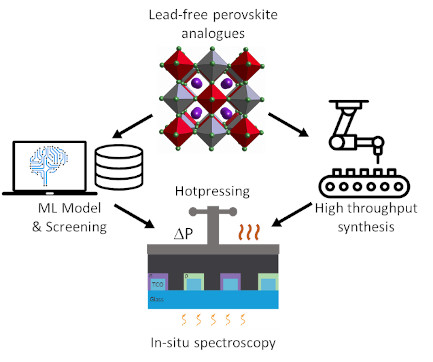
4 Controlling anisotropy in lead-free perovskite analogues by pressure treatments for efficient sustainable solar cells.
We aim at controlling anisotropy in lead-free perovskite analogues by pressure treatments for efficient sustainable solar cells. We will combine machine learning and in-silico screening with high throughput synthesis of lead-free perovskite analogues, to identify compounds exhibiting low anisotropy in their excited state and transport properties. These compounds are then processed via hot pressing where their optoelectronic properties are studied by in situ electrical and optical spectroscopy.
Use electromagnetic fields or light to change a semiconductor’s properties

5 Photoswitchable quantum dot – dye arrays for exciton logic gates
The idea is to modulate the emission output of semiconductor QD as a function of the isomeric state of some photochromic molecules that will cover the surface of the QDs. Suppression of the emission will be achieved either by energy transfer (FRET) or electron transfer (PET). The goal is true optical logic components.
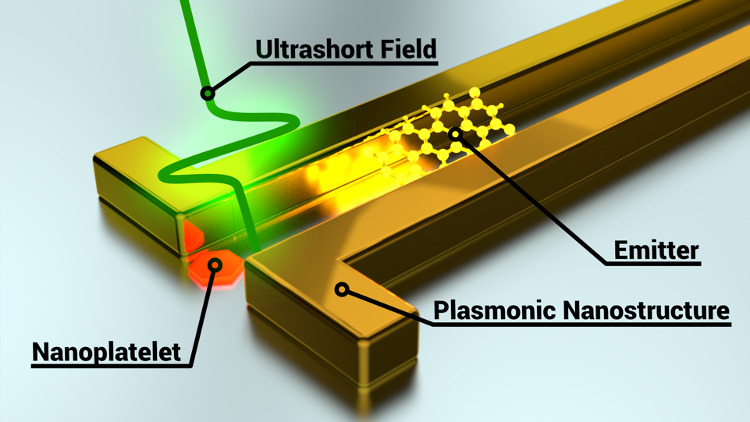
6 Nearfield-control of excited state dynamics.
We use the nearfield of plasmonic nanostructures to control the excited state dynamics of excitonic materials such as semiconductor nanoplatelets, nanocrystals and molecules. The central idea is to shape the nearfield in space and time to act as a well-controlled nano-environment. We combine nanofabrication, including controlled placement of emitters, with ultrafast external fields, optical spectroscopy and nearfield microscopy.
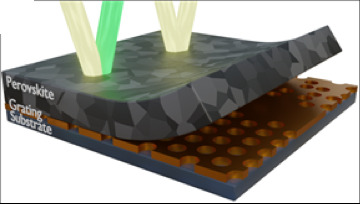
7 Unravelling Light-Matter Interactions in Nano- and micro-patterned perovskite films and devices.
The idea is to control the optical properties of functional gain materials such as perovskites by hierarchical structuring of dielectric and semiconducting materials. We will introduce grating structures with hierarchical length scales to spatially shape field distributions and to control the emissivity, absorptivity, and lifetime of optical devices. The light-structure interaction will be investigated by near-field optical microscopy and time-resolved spectroscopy.

